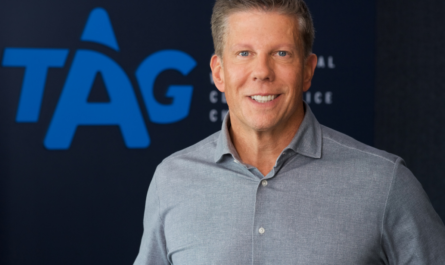A cross-channel strategy is the key to driving new patients to your dental office.
By Dr. Richard Evangelista, CEO, DentalForce
Internet users search for health-related topics second only to food and beverage. According to a survey by the Pew Internet & American Life Project, 80% of adult Internet users in the U.S. have searched online for at least one major health topic. That’s an estimated 93 million Americans.
We live in a branding era. A business of any kind, including your dental office, must have a brand, and you have seconds to make an impact on a visitor to your website. All your marketing begins or ends right there – making the right or wrong impression in an instant. It is a quick and emotional decision in an informational world.
So, your website must include genuine, eye-catching images with a clean and modern look. It’s your first impression. Potential patients will feel a continuity with you if your website represents you well.
A holistic approach of a comprehensive digital marketing strategy begins with your website and connects the dots between your other digital channels. This hub-and-spoke, cross-channel strategy is the key to driving new patients to your dental office, appealing to a younger audience, and keeping up with your competition. There is no shortcut. Your team needs a real strategy, not SEO tricks.
Include simple, clear calls to action and bite-sized content on your website. Showcase your recognitions, awards, and credentials as well as third-party validations. Your potential leads are on a journey. They will click on your website from an ad, mailing, or directory. Then, they will check your social media accounts and your reviews. Finally, they will come back to your website and either convert or should be retargeted. They usually don’t decide on their first visit to your website. You must reach them a second, third and fourth time, so your retargeting strategy must have the proper appeal.
Search is Still King
There are many ways to market and build an online presence, but search is still king. Paid or organic search captures user intent and has the most impact. Your website must have the right information to be indexed in the right places for search engines. This includes knowledge about the dental services users are seeking. These users are further down the sales funnel and this gives your website a genuine, authentic, and trustworthy feel.
Your organic social media feeds on Facebook, Instagram, Twitter, and elsewhere help connect you with your customers, especially younger ones. Posting regular content from your in-office staff is another method of validating your dental practice.
Also, through the proper messaging and cadence, email marketing can help keep current patients in the practice or win back past patients. But it’s important to invest in your own email list, not one that’s connected somewhere else, like to Facebook. Marry your data to it and understand what people are clicking on in your email campaigns. They must have value or otherwise, you will lose subscribers.
Finally, old-school mailings still have good value, but they must be coupled with a digital approach. Connect them to social media ads in a targeted mailing area and retarget website visitors after they come to your website. It’s a multi-touch process.
Most importantly, you must track where each of your digital channel visitors comes from, what they searched, and what campaign was successful. Make sure it’s well defined. A good marketing firm will frequently report back on your search engine rankings, top traffic sources, page load speeds, bounce rates, website traffic, leads, calls, conversions, and new patient acquisitions.
Benchmark each lead acquisition, turn it into a return on investment, and get five more patients from it.
Dr. Richard Evangelista is a dentist based in Fremont, Calif., and is the founder and CEO of Dentalforce, a dental management and growth consulting company educating, coaching, and supporting dentists at each stage of their careers. Dr. Evangelista grew his own group practice from five locations and 30 employees to more than 40 locations and 400-plus employees in five years.






